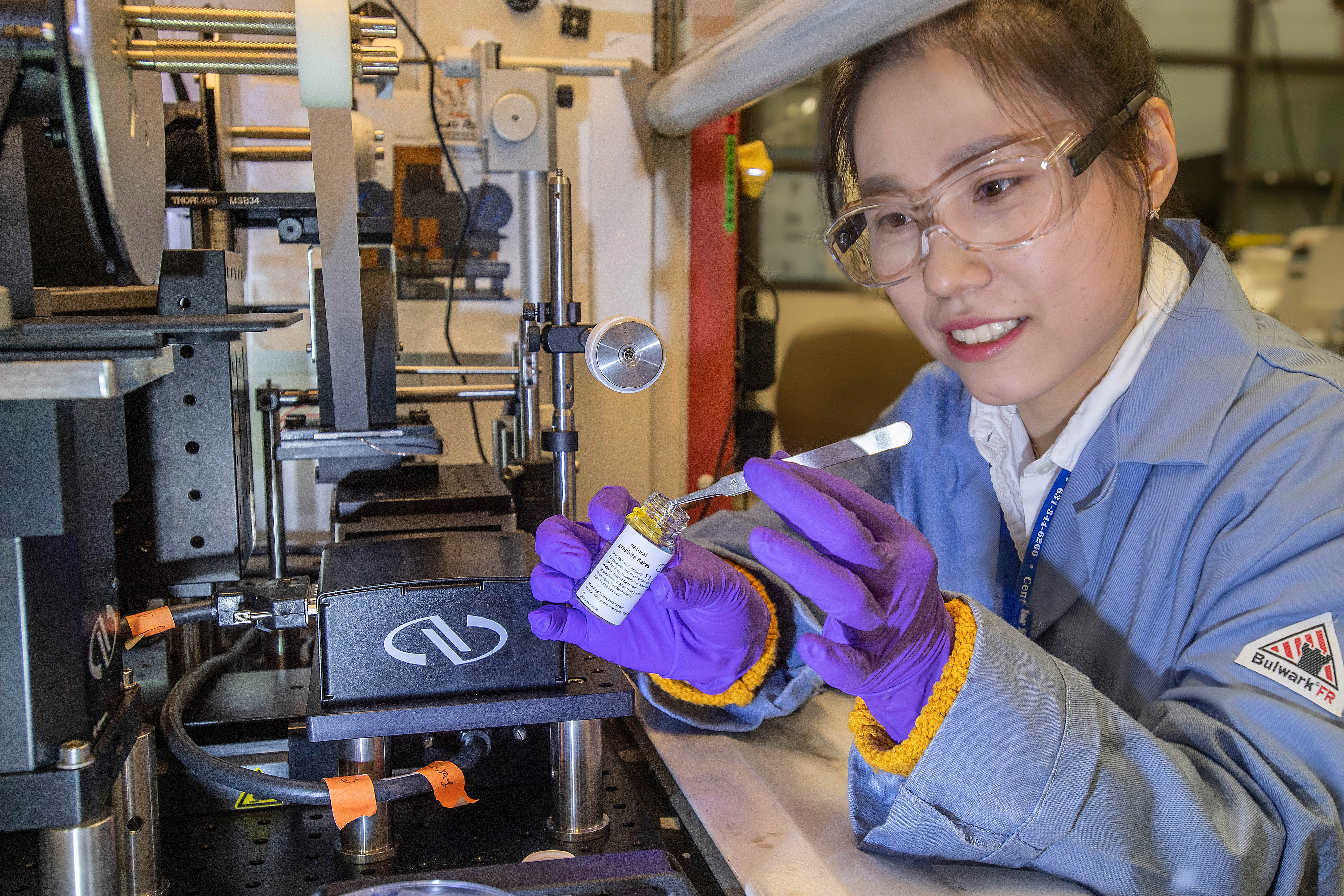Ho Nyung Lee, a condensed matter physicist at the Department of Energy’s Oak Ridge National Laboratory, has been elected a Fellow of the Materials Research Society.

news, journals and articles from all over the world.

Ho Nyung Lee, a condensed matter physicist at the Department of Energy’s Oak Ridge National Laboratory, has been elected a Fellow of the Materials Research Society.
Zhongwei Dai, a researcher in the Interface Science and Catalysis Group of the Center for Functional Nanomaterials, probes the properties of atomically thin materials to identify promising candidates for quantum information science applications

Park, a staff researcher at Brookhaven Lab’s Center for Functional Nanomaterials, is designing and building an automated system to generate high-quality ultrathin “flakes,” which can be stacked into layered structures that are essentially new materials.
A research team led by the Department of Energy’s Lawrence Berkeley National Laboratory (Berkeley Lab) has developed a technique that could lead to new electronic materials that surpass the limitations imposed by Moore’s Law.

Scientists at the U.S. Department of Energy’s Ames Laboratory and their collaborators from Iowa State University have developed a new approach for generating layered, difficult-to-combine, heterostructured solids. Heterostructured materials, composed of layers of dissimilar building blocks display unique electronic transport and magnetic properties that are governed by quantum interactions between their structurally different building blocks, and open new avenues for electronic and energy applications.
Heterostructures are semiconductors that have special optical and electronic properties. Researchers discovered a new way to make heterostructures that consist of a core of tin sulfide crystals wrapped in a tin disulfide shell, a structure with excellent light absorption and energy transfer properties.
Berkeley Lab scientists tap into graphene’s hidden talent as an electrically tunable superconductor, insulator, and magnetic device for the advancement of quantum information science